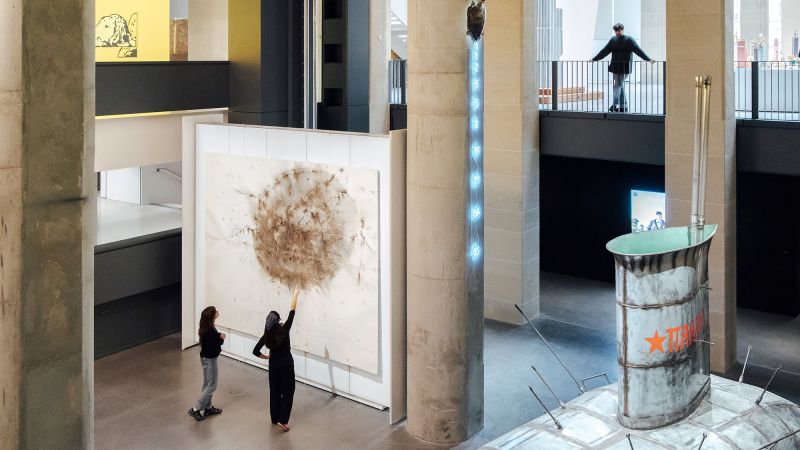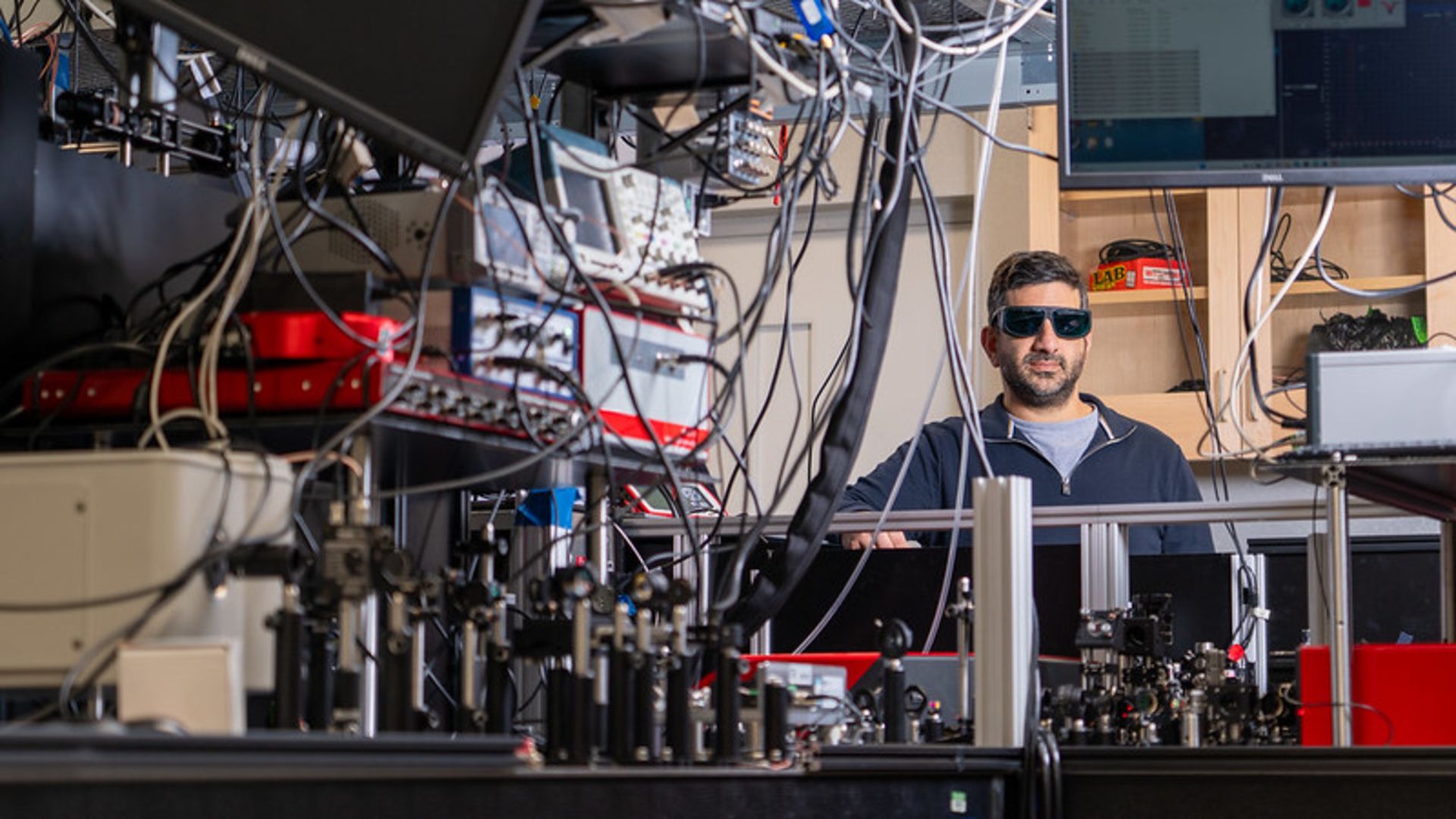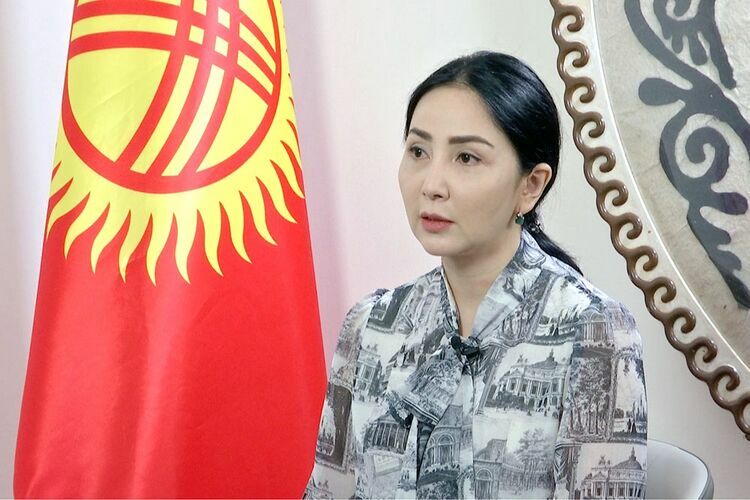‘Company’s administration is making every effort to minimise the impact on consumers,’ says Moonis Alvi
KE Ceo Moonis Alvi. Photo: File
K-Electric…

‘Company’s administration is making every effort to minimise the impact on consumers,’ says Moonis Alvi
KE Ceo Moonis Alvi. Photo: File
K-Electric…

As the saying goes, get yourself a friend that looks at you the way Nia DaCosta and Tessa Thompson look at each other.
The duo have now collaborated on “Hedda,” an adaptation of Henrik Ibsen’s 1891 play “Hedda Gabler,” written and…

Paris, France
—
After a years-long renovation project, the Fondation Cartier art museum will open its doors on Saturday to its new home, opposite the Louvre in Paris.
…

What is it about the musical biopic that has inspired so much Oscar love? Is it the genre’s front-row seat on the turbulent, provocative, culture-shifting lives of artists we’ve worshiped from afar? Is it the transformational, go-for-broke…

It was a cloudy morning in southeast Mongolia. Paleontologist Chinzorig Tsogtbaatar and several colleagues set out by foot from their campsite to a rocky outcrop dating back some 110 million years to the…

Crystals used in applications as varied as lasers, LEDs and the semiconductors used in sensors found in astronomical instruments could someday be ‘drawn’ rather than ‘grown’, leading to higher performance and lower costs.
A team led by Elad Harel…

It’s a bustling predawn morning in Black Rock City. Darkness clings to the sky as thousands of bikers zoom across a dusty alkaline flat in search of a sunrise set, hoping to outpace the gash of periwinkle light bleeding over the horizon….

On the Shelf
Comedy Nerd: A Lifelong Obsession in Stories and Pictures
By Judd Apatow
Random House: 576 pages, $50
If you buy books linked on our site, The Times may earn a commission from Bookshop.org, whose fees support independent…

Paris, France
—
After a years-long renovation project, the Fondation Cartier art museum will open its doors on Saturday to its new home, opposite the Louvre in Paris.
…

– Advertisement –
– Advertisement –
– Advertisement –
BEIJING, Oct 23 (APP): Ambassador of the Kyrgyz Republic to China, Mrs. Aktilek Musaeva on Thursday outlined the country’s vision and priorities as it assumed the 2025–2026 Chairmanship…